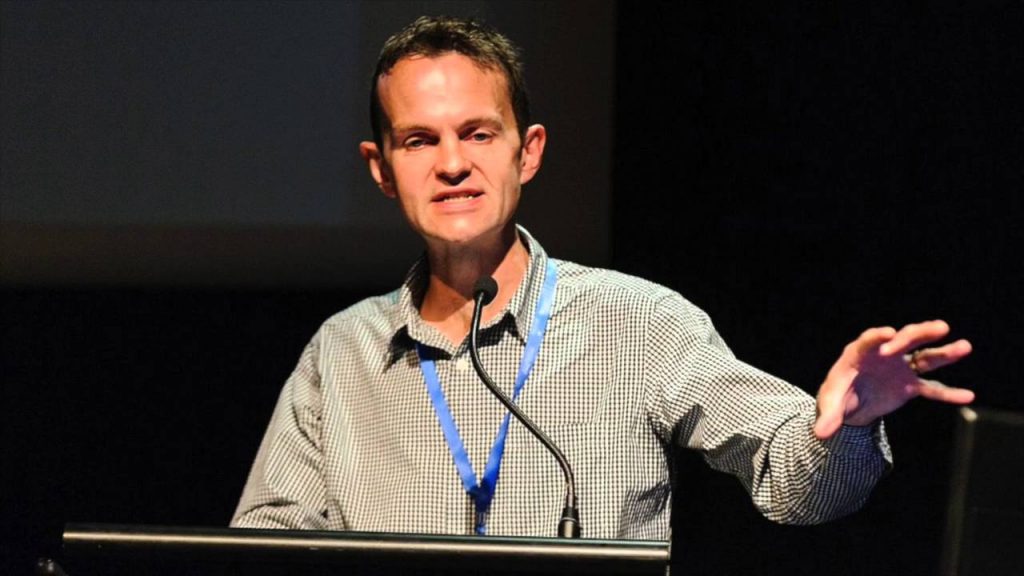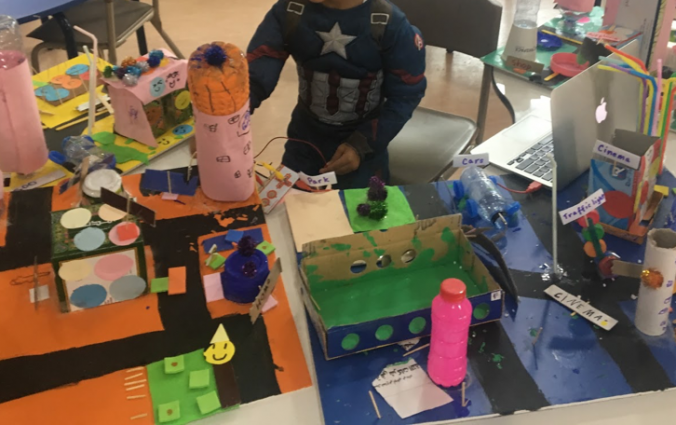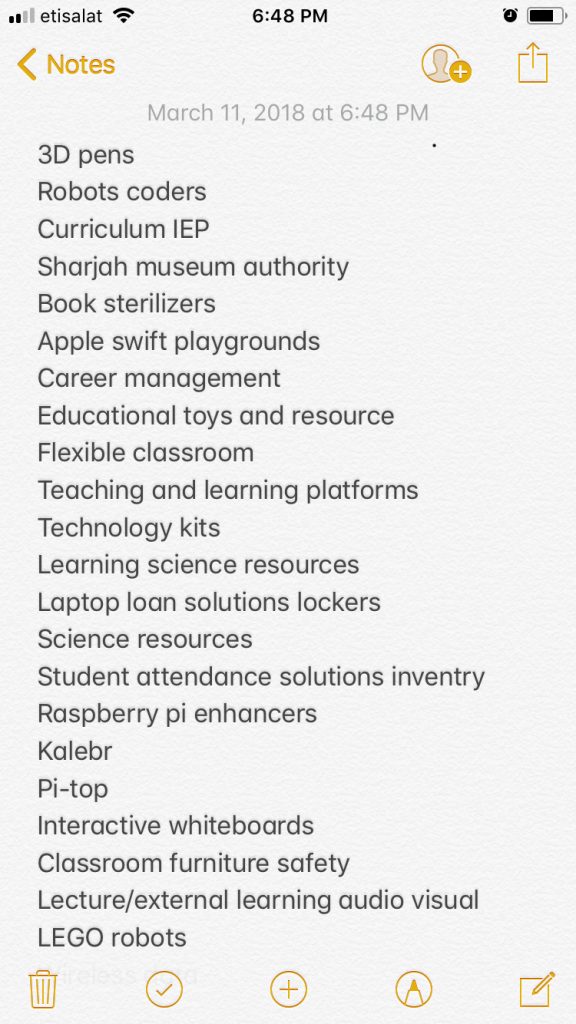Who is Neil Selwyn?
In preparation for my Book Review on Neil Selwyn’s Is Technology Good for Education, I have scoured the internet to find some of his best works, ideas and presentations. His research interests include digital technology and society, social exclusion, public policy and the ‘information age’.
2013: Podcast Teacher Education Review
5 years on and still having the same conversation. https://t.co/XvCIe0A8EZ #INF530
— Claire Hazenberg (@ClaireHazenberg) March 17, 2018
In this podcast the hosts and Selwyn discuss the recent trends in EdTech in Australia. I found it interesting listening to them explore the concept of flipped classrooms and discuss the times when and when not technology should be usedy in the classroom.In addition to engaging in thought provoking discussion, Selwyn directed listeners to a quirky site and encouraged them to follow #edtech on Twitter. His commitment to collaboration with his peers and followers is evident and noteworthy.
2017: University of Gothenburg
During this presentation Selwyn states that he doesn’t seek to limit enthusiasm but promote distrust. Distrust, it sounds like such a misplaced word. Like it doesn’t belong or is counterintuitive. Selwyn argues that we need to take a step back and change the way we are currently thinking about educational technology. On the surface you could mistake his point of view as cynical however there is a constructive undertone that is working towards ensuring technology changes education for the better.
My partner/colleague and I had an disagreement several weeks ago, it started about the use of Twitter in classrooms and ended when he suggested that I needed to ‘catch up.’ Catch up? (insert confused and angry emoji). Until now I couldn’t really understand why I was so frustrated about it. I found clarity in Selwyn’s ideas. We need to started thinking critically about technology in schools, not just make assumptions and race each other to make it fit. In the absence or lack there of evidence for sustained learning gains we (teachers) need to be asking better questions. In the infamous words of Tom Tilly “let’s chat”. Let’s talk about it, look at the big picture before rushing in.
So where is this rush coming from? I think the cause of this ‘fantastication of gadgets’ is as a result of the economic gains associated with the implementation of technology within schools. EdTech corporations seek to gain a lot from selling their product as the ‘latest‘ most ‘innovative‘ and ‘futuristic.’ Schools undoubtedly want to do what is best for their students and are under significant pressure to fix, improve and future proof their schools. EdTech products appear to be an attractive solution.
Questions for future reflection
- To what extend do EdTech trends differ between countries?
- Are school leaders equipped with the knowledge and skills to be making EdTech decisions?
- What knowledge and skills is needed to make decisions regarding EdTech?
- How do I APA reference a podcast?
References
Ivarsson, J. (2017, June, 19). Neil Selwyn – “Digital Technology & Education: Ten Things To Talk About”. Retrieved from https://www.youtube.com/watch?v=sWBdGso_NSk.
Research.monash.edu. (2018). Neil Selwyn. [online] Available at: https://research.monash.edu/en/persons/neil-selwyn [Accessed 21 Mar. 2018].





